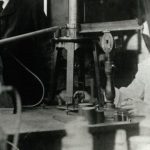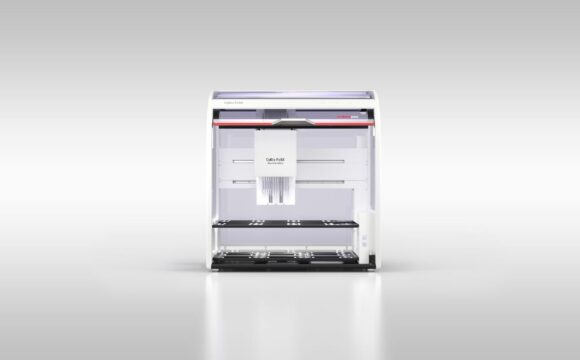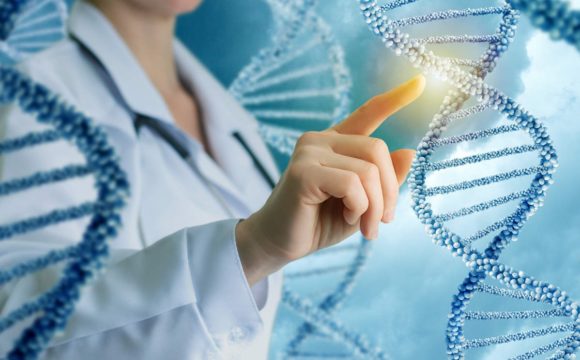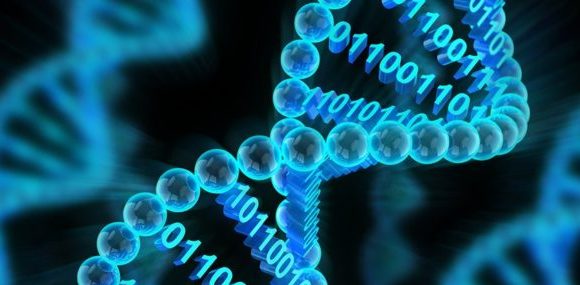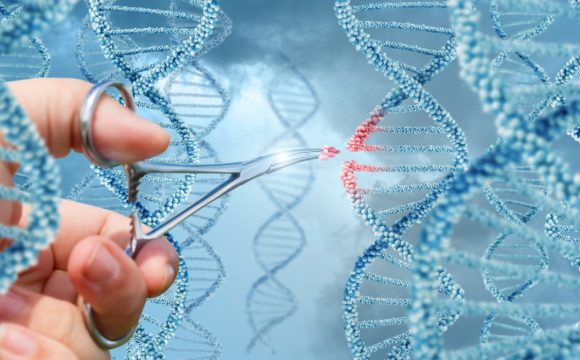Fixing broken limb bones after severe injuries can be challenging for even the most skilled orthopedic surgeons. Since too much bone loss makes regrowth impossible, and even smaller fractures make bone growth difficult if the patient is in poor health or is elderly. When physicians encounter these kinds of non-healing fractures, autologous bone grafts are usually standard for broken bones treatment. However, this treatment isn’t always possible, depending on the patient’s health and the extent of bone damage.

Fracture repair by gene therapy and sonoporation
Image source: Gazit Group/Cedars-Sinai
Recently, doctors have started to try something new: incorporating bone morphogenetic proteins (BMPs) into bone implants to enhance the bone. This isn’t a guaranteed treatment as through their traditional administration, morphogenetic proteins come with significant side effects. The next strategy involved using gene therapy to deliver not the protein itself, but the gene that expresses it. This way, the cells will get the protein at adequate physiological levels, solely at the site of the injury. However, the delivery of genes using traditional methods of viral vectors comes with its own set of safety concerns.
Researchers now have come up with a new, relatively safe delivery mechanism of sonoporation. In sonoporation, ultrasound is applied which causes microbubbles present, to vibrate and create tiny, repairable holes in cells. In the next step the DNA for gene therapy, in this case – genes encoding BMPs, can enter at the right place through the holes. To ensure efficient gene therapy, the team targeted a special form of stem cells called mesenchymal stem cells (MSCs), which would become bone cells and produce BMPs.
The researchers experimented their new strategy in broken mini-pig bones. They first inserted collagen scaffolds, to attract the present MSCs. After two weeks, when a sufficient number of cells were attracted, a mix of microbubbles and BMP-encoding DNA was injected at the fracture site. The team applied ultrasound and waited for eight weeks after a single dose of gene therapy, to find that the bone injury treatment was successful.
To test the efficiency of sonoporation, two sets of experiments were carried out. In both the sets of bone fractures, BMP-encoding genes and microbubbles were added. However, one set was exposed to sonoporation by ultrasound, while the other control lacked the sonoporation. Results indicated that ultrasound treated fractures had healed, while the control fractures did not.

X –Ray images of broken bones regenerating after being treated with gene therapy and ultrasound (right), showing substantially improved healing.
(Image Source: M. Bez et al., Science Translational Medicine 2017)
Since the experiment was performed on young mini-pigs which have high number of stem cells, it would be good to first test whether it’s equally successful in older animals. This novel therapy could advance the broken bones treatment of millions of people around the world. While human trials must be conducted before we know whether hospitals should adopt the procedure, many of its components have shown enough promise for further development of this novel therapy.
References:
Bez, M., Sheyn, D., Tawackoli, W., Avalos, P., Shapiro, G., Giaconi, J. C., & Bae, H. W. (2017). In situ bone tissue engineering via ultrasound-mediated gene delivery to endogenous progenitor cells in mini-pigs. Science translational medicine, 9(390), eaal3128.
https://futurism.com/soon-broken-bones-could-be-fixed-using-gene-therapy-and-microbubbles/





